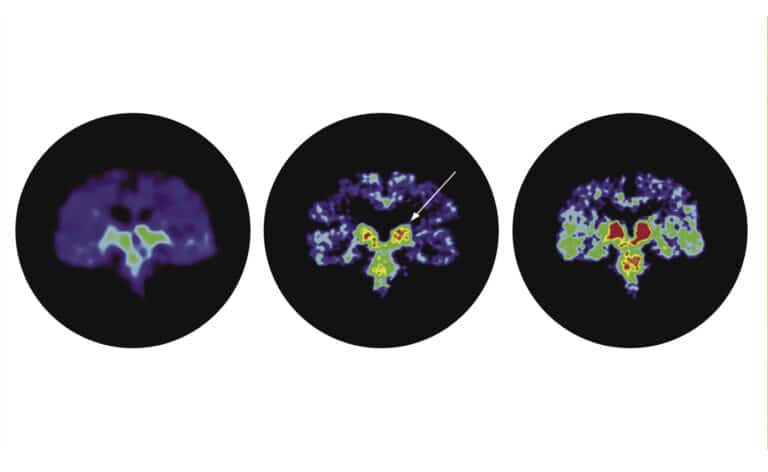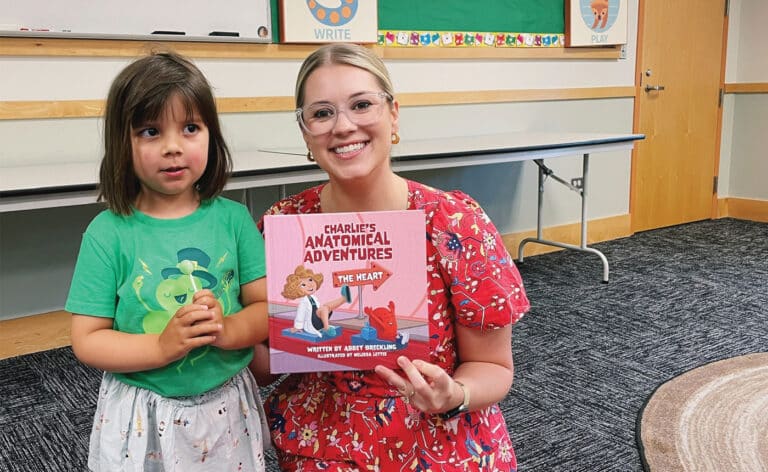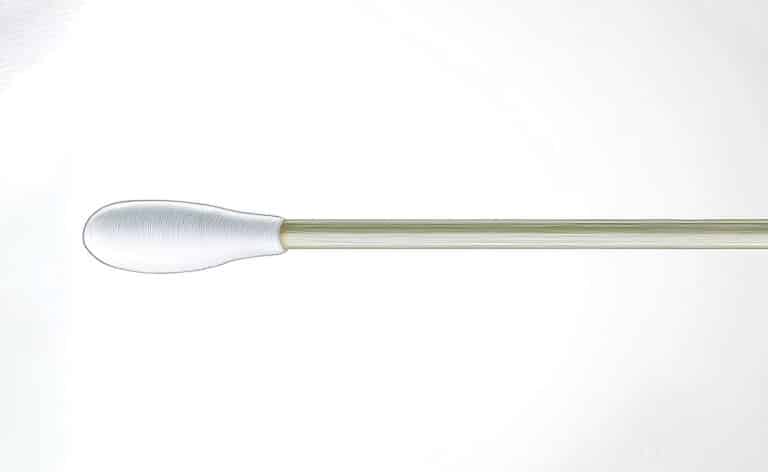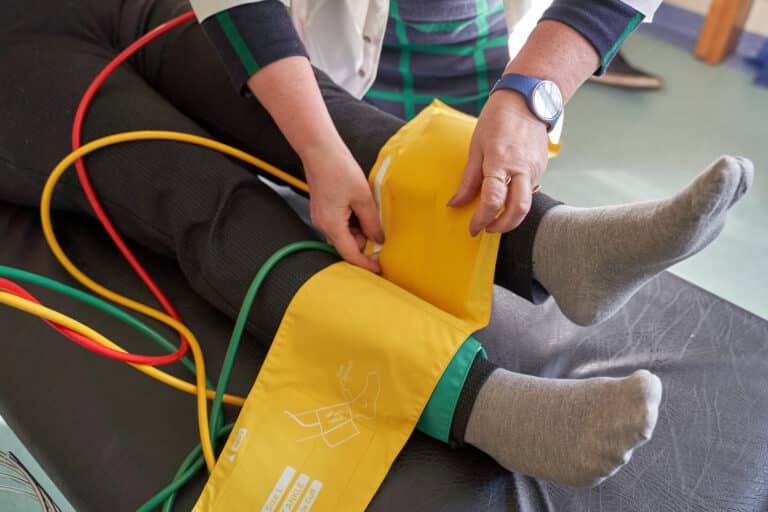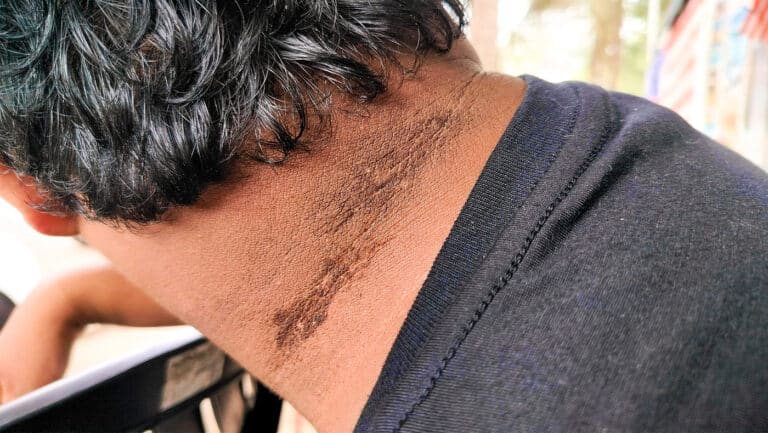Exploring the differences between allopathy and osteopathic medicine
Fact checked by Shannon Sparks
After ramping up my yoga practice a few years ago, I experienced tremendous pain in my hands. Poses that put pressure on them became intolerable. Even biking was agony; I couldn’t grip the handlebars. Someone recommended a sports medicine doctor to me, so I made an appointment.
The doctor spent a lot of time moving my hands around and testing my strength. Then she ordered an MRI. When I returned to get the results, she explained them in detail. As she pointed out my problems, I expected her to prescribe something to ease the arthritis and inflammation she saw, maybe give me cortisone, or worst case, recommend surgery to address bone spurs and other issues.
Not at all. “Wait a week for the inflammation to subside, and then go to the supermarket,” she instructed me. “Buy some broccoli. Remove the thick rubber band that holds the stems together, put it around your fingertips, and push them out, resisting the band.” She instructed me to repeat the exercise several times a day.
Off I went. I brought the broccoli home, cooked it, and exercised my hands with the rubber band. After a week or so, the symptoms improved and soon largely disappeared. This was markedly different than any experience I’d ever had with a doctor.
Osteopathy and allopathy
When I looked up the doctor before my appointment, I noticed that she was not a medical doctor, but a doctor of osteopathy. I knew that doctors of osteopathic medicine (those with DO after their name, instead of MD) were fully licensed physicians, but I didn’t really understand how that worked or what the difference was.
Conventional medicine, known as allopathy, was the only option for physicians until about 150 years ago. At the time, surgeon Andrew Taylor Still, MD, became disillusioned with existing medicine and began to consider another approach. When he lost his first wife and several children during the Civil War era, Still started to think about how medicine could change to become more effective, including incorporating novel practices such as manipulation, sanitation, and a wider, more patient-centered focus. He went on to create osteopathic medicine, and to found its first school, in Missouri.
Still looked at the body as a unit, with structure and function interrelated: “If the body were aligned the way it should be, then it would be able to heal itself,” says Marla Kushner, DO, who specializes in family health and addiction medicine at Innovative Care in Chicago.
This was a new view of medicine — and one that the medical community didn’t readily accept in the first 100 years after Still introduced it. Emergency medicine specialist John Lucas, DO, says that lack of acceptance led to the formation of an entirely parallel system of training, education, and certification.
“It’s not about the broken arm in Room 1 or the gall bladder in Room 2, but about the person and what’s bringing them in today, trying to get a more wholistic view of the patient.”
Yet, osteopathy has continued to grow. The American Medical Association began to admit osteopaths as members in 1968, and 141,000 DOs currently practice primary care in the United States. According to the American Association of Osteopathic Medicine, approximately a quarter of students studying medicine attend one of the country’s 42 osteopathic programs.
And there are more programs under development, including in Chicago. Lucas, dean of the proposed Illinois College of Osteopathic Medicine, or IllinoisCOM, at The Chicago School, says it is currently finalizing accreditation and plans to admit students by 2026.
What exactly is osteopathic medicine?
Kushner says she finds value in osteopathic medicine because it incorporates the whole patient, not just the complaint that day. “It’s not about the broken arm in Room 1 or the gall bladder in Room 2, but about the person and what’s bringing them in today, trying to get a more wholistic view of the patient,” she says.
Although some confuse osteopathic medicine with chiropractic practice, they are very different. DOs are board-certified specialists who go through residencies and fellowships — the very same programs in which medical doctors train. The majority of osteopathic doctors tend to go into specialtiessuch as family medicine, internal medicine, and pediatrics. But they can specialize in any branch of medicine, from obstetrics and gynecology to vascular surgery.
Years ago, osteopathic medicine did have something of a stigma, but when the U.S. Army needed more doctors, it turned to DOs. “What really got DOs recognized as qualified physicians was the Vietnam War,” Lucas says. “The army started using DOs as physicians, the first time they had done so, and they earned the respect of their colleagues. Really since the Vietnam War, osteopathic medicine has been recognized and respected in greater and greater quality as we have grown as a profession.”
As for me, the broccoli cure withstood the test of time. If I fail to exercise these days, it’s on me, not my hands. And when I occasionally feel a twinge of pain, I know exactly what to do: Head to the produce section.
Originally published in the Spring/Summer 2025 print issue.
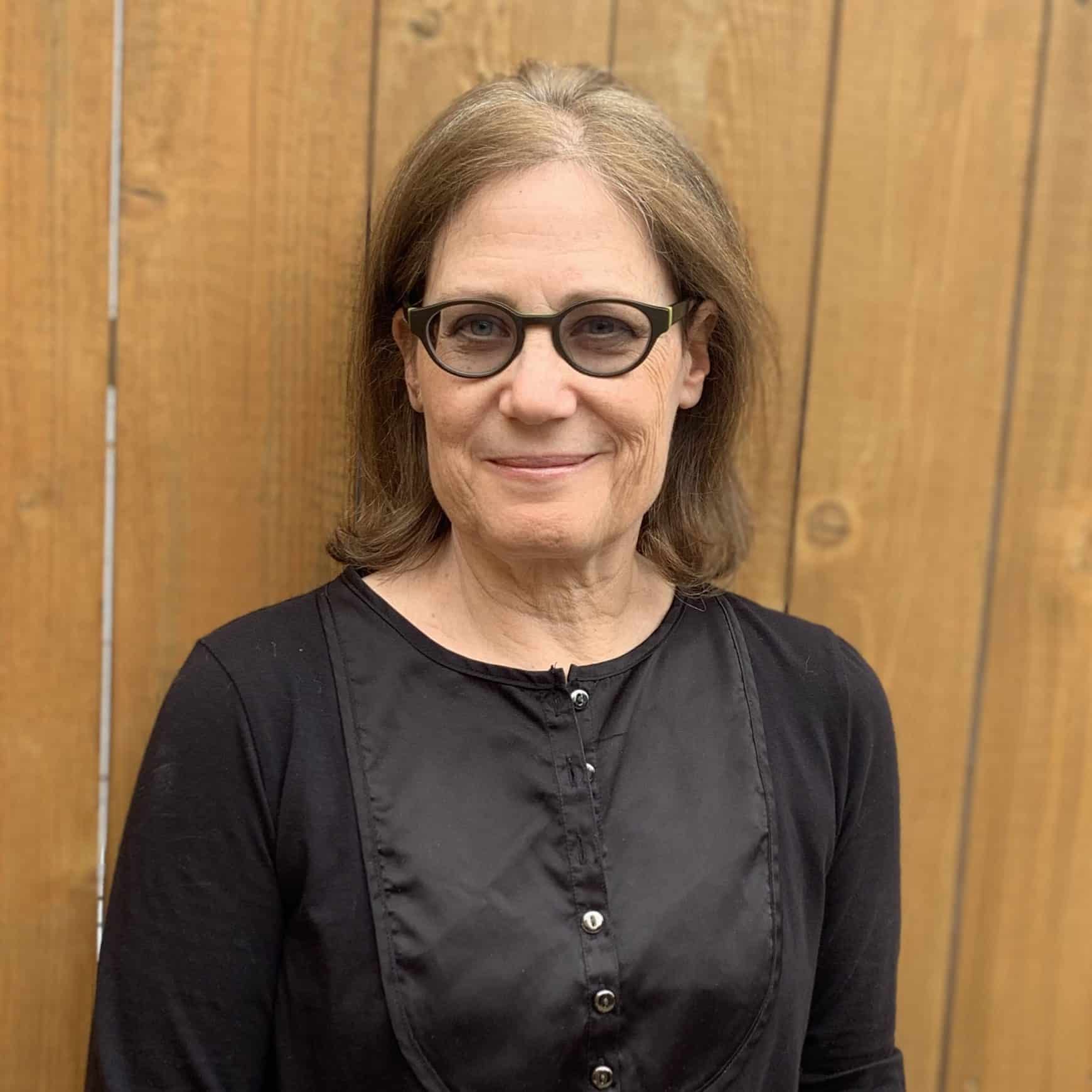
Ronit Rose is a freelance writer, based in Chicago. She has a special interest in health, healthcare and preventive medicine.



